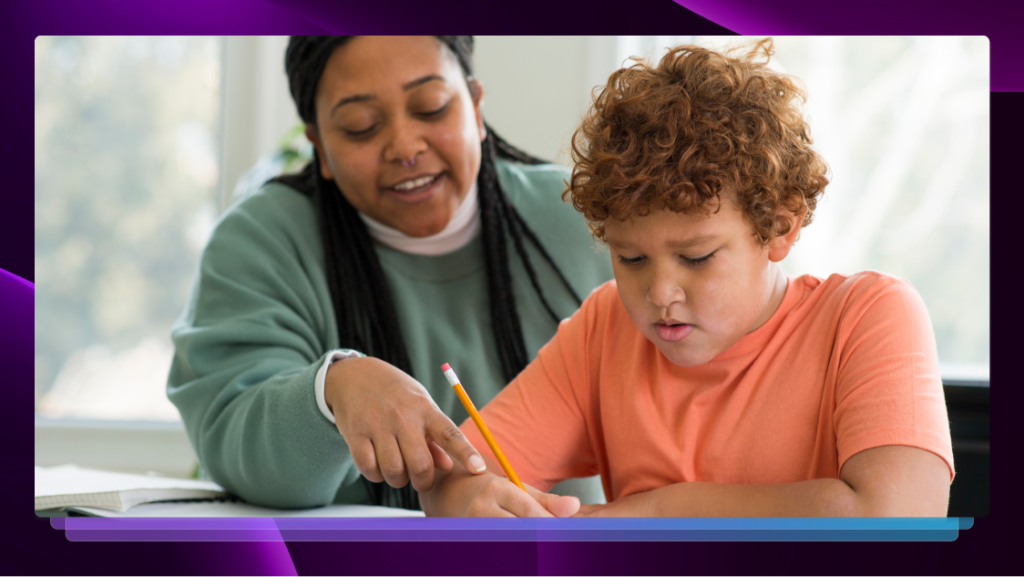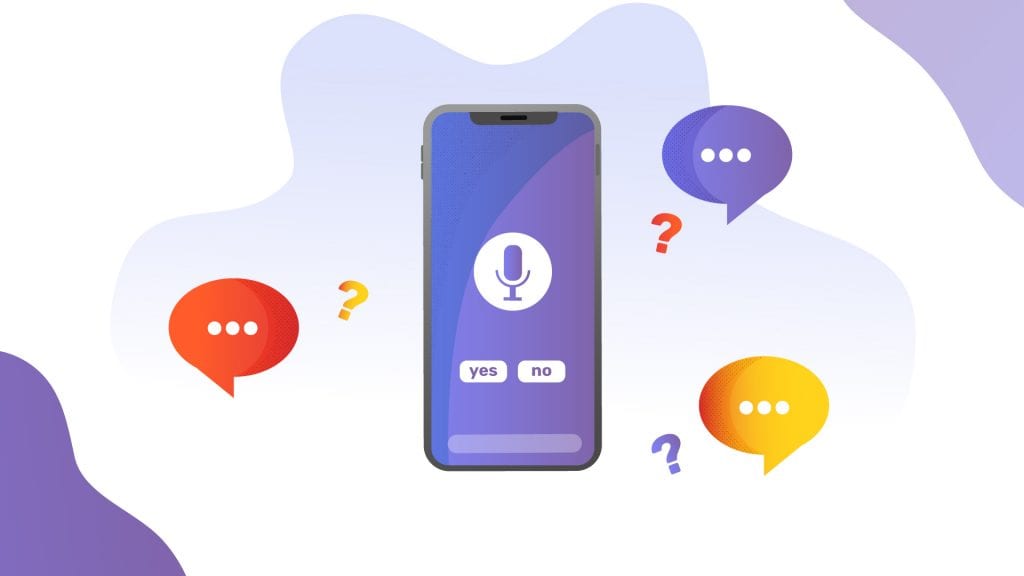How to Accommodate Hard-of-Hearing Students in the Classroom
Learn how you can make your classroom more inclusive and accessible for hearing impaired students.

There are simple actions teachers can take to ensure every student has a meaningful learning experience. Accommodations for deaf or hard-of-hearing students are easy to implement and beneficial for the whole class.
Visual aids like closed captions, graphics, and transcripts allow hard-of-hearing students to participate more fully and encourage an inclusive learning environment for the entire class.
Here are some ways you can accommodate deaf and hard of hearing students and create a more inclusive learning environment:
Record and Transcribe Class Lectures and Discussions
A common practice to accommodate the deaf or hard of hearing is choosing a dedicated student to take and share notes on what is said in class. If this is not an option, or if you want to provide a more accurate account of your lecture, record audio of your course as it takes place. This can be done simply by using a voice recorder on your phone or laptop.
When class is over, send the file to be transcribed by a transcription service. There are various options for transcription that are quick and accurate, so you can provide a richer experience for your students without taking on too much extra work.
Notes from another student will likely be biased toward what they feel is essential. Providing a transcript to students with hearing impairments will ensure they receive the same information other students do.
How teachers can begin using Rev
Adjust Your Teaching Style To Be More Inclusive
You can make a few minor but significant changes in your day-to-day instruction style to include all students better. First, stand in a spot where students can see your face and physical cues.
Ensure there isn’t a light shining behind you or any other major distractions. This allows students with hearing loss to focus on reading lips and staying engaged with your lesson. Additionally, only allow one student to speak at a time. Excess noise and students talking over one another make it harder to focus on what is being said.
Ensure any students with hearing loss are seated towards the front of the class so they can see your visual cues and learning material more clearly.
Finally, allow students to take notes and refer to written materials as needed. If you hand out learning materials or provide written context for deaf and hard of hearing students, ensure they have time to read them and then reengage with the class.
Include Visual Presentations and Learning Materials Where Possible
Creating visual aids to go along with your lessons will not only allow deaf and hard of hearing students participate, it will likely engage all of your students more.
These could be presentations with relevant pictures and diagrams or even videos. If you’re going to include videos in your lesson plan, ensure they have closed captions.
Closed captions will allow deaf or hard-of-hearing students to understand the video and fully participate in the material. You may also choose to provide transcripts of any videos watched to ensure a more equitable learning experience for all students.
You may also consider using a whiteboard or projector to take notes on the class discussion in real-time. This will allow deaf and hard-of-hearing students to follow along with the discussion and give them more opportunities to ask questions, provide input, and participate with the class.
Welcome an Interpreter to Your Class
You may be in a school that provides sign language interpreter resources. Interpreters can ensure students with hearing impairments can keep up with precisely what is being said as it is being said. If an interpreter joins you, make sure you direct your attention to the deaf or hard of hearing student when addressing them, not the interpreter.
The interpreter will use sign language to communicate your speech.
The ability to hear should not be a requirement for an engaging learning experience. As a teacher, there are various accommodations you can implement to create a more accessible learning environment for students who are deaf or hard of hearing. If your school does not have the resources for an interpreter, there are many affordable tools you can integrate into your lesson plans, like transcripts and captions. Fostering an inclusive classroom setting will help you better connect with all of your students.















